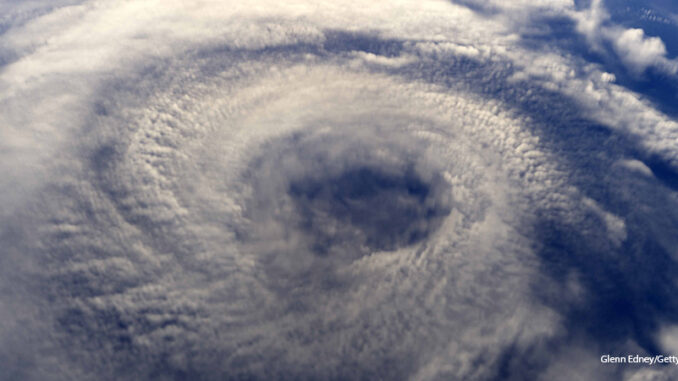
Last Friday morning, Hurricane Florence made landfall in North Carolina, bringing 90 mph winds and widespread flooding. Many towns in North Carolina have seen between 30-36 inches of rain because of the slow-moving and massive story. Here, btw takes a closer look at this deadly storm.
A Record-Breaking Storm
Florence left a wide path of destruction in its wake. Power outages in both North Carolina and South Carolina have affected more than 343,000 customers. Experts estimate that the number could reach as high as three million and that it could be weeks before electricity is fully restored. Hundreds of thousands of people were evacuated from their homes, while rescue teams used inflatable boats to help rescue those who chose to stay behind.
Worse yet, 37 people have died as a result of the storm–27 citizens of North Carolina, 8 in South Carolina, and 2 in Virginia. The causes of death have included fallen trees, flooded roads, a house fire, a heart attack, and two people who died from inhaling carbon monoxide from a generator.
By Sunday morning–two days after Florence made landfall–it was downgraded to a tropical depression. But the damage and devastation were far from over. As a large, slow-moving tropical depression, Florence unleashed more than two feet of rain in some places by Sunday evening. At the same time, the storm continued to pick up warm water from the ocean and dump it inland. As a result, rivers and streams overflowed, and record-breaking flooding affected widespread areas. The flooding is expected to get worse before it gets better, as heavy rains are supposed to continue to fall through at least Tuesday or Wednesday.
Was Climate Change a Factor?
As deadly storms barrage the United States more and more often, many people are concerned about the role climate change plays in the worsening weather. While whether or not climate change causes more frequent hurricanes is still being debated, scientists and experts on both sides of the political aisle agree that sea levels are rising. Climate change causes the sea level to rise in several ways. Warmer water expands, so as the oceans heat up, they take up more space. Also, melting glaciers add to the total volume of water in the ocean.
So, what does this have to do with Florence? Rising sea levels contribute to more drastic sea surges. Here’s what that means: When sea levels are higher overall, any surge becomes higher and more devastating. Flooding becomes wider-reaching, and flood waters are deeper. (Imagine making waves in a bathtub that is full to the brim versus in one that is half empty. In the full tub, more water will spill over the edge.) In the case of Florence, at least six inches of the flooding in the Carolinas is attributed to climate change. In other words, were it not for climate change, the flooding would have been at least six inches lower. This is because, in the Carolinas, the sea level has risen about a foot since 1900.
Could the Damage Have Been Prevented?
Politicians in North Carolina have faced criticism from scientists who say that the catastrophic flooding from Florence could have been avoided if they had listened and taken action at the right time. In 2010, a panel of scientists presented a study predicting that climate change will cause the sea level to rise 39 inches by the year 2100. They stated that the sea level in North Carolina has been steadily rising and that it will continue to do so at an even faster rate. But the Republican-controlled state legislature ignored the warnings or could not find enough political support to take steps to address this concern.
Instead legislation was passed that rolled back state environmental regulations and permitted increasing development–think homes and tourist high-rises–along the shore. In fact, they went so far as to pass legislation making it illegal for state agencies to make decisions based on the threat of a rising sea level.
